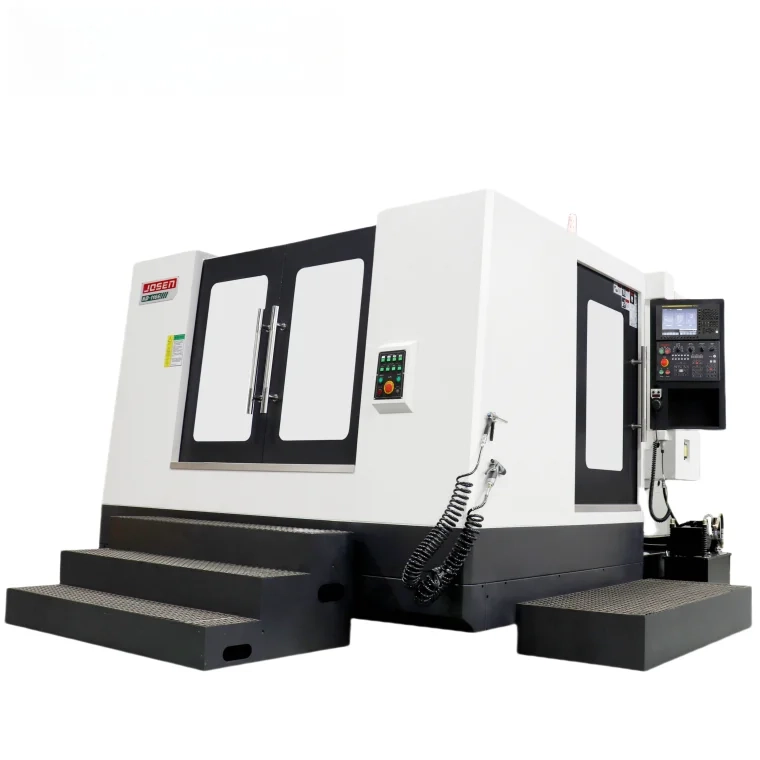When it comes to the intricate world of electrical systems, one component that often goes unnoticed until it fails is the electrical switch. While these devices are designed to last for many years, they can and do go bad. This article delves into the various aspects of electrical switch failures, including signs of malfunction, potential causes, and practical solutions for homeowners and professionals alike.
Signs Your Electrical Switch May Be Failing
Recognizing the early signs of a failing electrical switch is crucial for preventing more significant electrical issues. Here are some common indicators:
- Inconsistent Operation: If you notice that a switch does not consistently turn on or off, it may be a sign of internal wear or damage. This inconsistency can lead to flickering lights or appliances that do not operate as expected.
- Physical Damage: Inspect the switch for any visible signs of damage, such as cracks, discoloration, or burn marks. These physical indicators often suggest that the switch has been subjected to excessive heat or electrical surges.
- Unusual Noises: A switch that produces buzzing, crackling, or popping sounds when operated is a clear warning sign. These noises can indicate arcing within the switch, which poses a fire hazard.
- Heat Generation: If a switch feels unusually warm to the touch, it may be overloaded or malfunctioning. This heat can be a result of poor connections or internal short circuits.
- Frequent Tripping of Circuit Breakers: If the circuit breaker associated with a switch trips frequently, it may indicate that the switch is drawing too much current or has developed a fault.
Common Causes of Electrical Switch Failures
Understanding the underlying causes of electrical switch failures can help in both prevention and diagnosis. Here are some common culprits:
- Wear and Tear: Over time, the mechanical components within a switch can wear out due to repeated use. This wear can lead to poor contact and eventual failure.
- Electrical Surges: Sudden spikes in voltage can damage electrical switches. These surges can occur due to lightning strikes, power outages, or faulty appliances.
- Moisture and Corrosion: Exposure to moisture can lead to corrosion of the internal components of a switch. This is particularly common in outdoor switches or those located in damp areas.
- Improper Installation: If a switch is not installed correctly, it may not function as intended. Loose connections can lead to arcing, while incorrect wiring can cause overloads.
- Overloading: Using a switch to control devices that exceed its rated capacity can lead to overheating and failure. It’s essential to ensure that the switch is rated for the load it controls.
Solutions and Preventive Measures
If you suspect that an electrical switch is failing, it’s essential to take action promptly. Here are some practical solutions and preventive measures:
- Regular Inspections: Periodically check your electrical switches for signs of wear, damage, or overheating. Early detection can prevent more severe issues.
- Professional Assessment: If you notice any of the warning signs mentioned above, consult a licensed electrician. They can assess the situation and recommend repairs or replacements.
- Upgrade to Quality Switches: Investing in high-quality switches can reduce the likelihood of failure. Look for switches that are rated for higher loads and have built-in surge protection.
- Proper Installation: Ensure that all electrical work is performed by qualified professionals. Proper installation is critical to the longevity and safety of electrical components.
- Avoid Overloading Circuits: Be mindful of the total load on a circuit. Distributing electrical devices across multiple circuits can help prevent overloading any single switch.
Conclusion
In summary, while electrical switches are designed for durability, they can and do fail. By understanding the signs of failure, the common causes, and implementing preventive measures, homeowners can protect their electrical systems from unnecessary risks. Regular maintenance and professional assessments are key to ensuring that your electrical switches remain in good working order, ultimately contributing to a safer and more efficient home environment.






+ There are no comments
Add yours